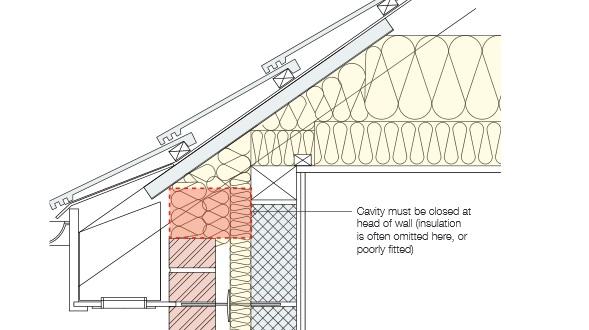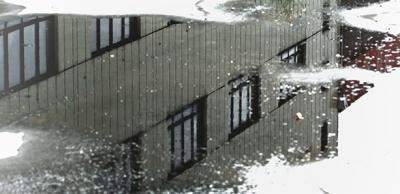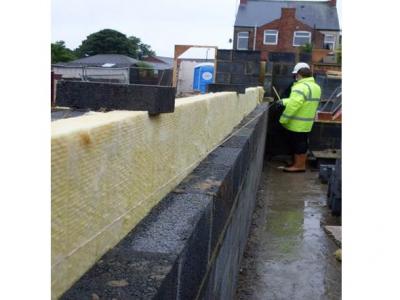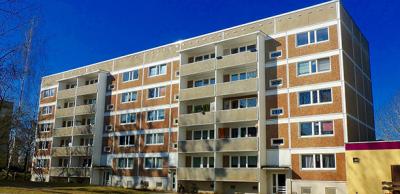How to comply with the Building Regulations and avoid fire in masonry buildings
Masonry buildings are by their nature and materials resistant to fire; but all buildings have cavities and some concealed spaces where fire can spread undetected.
To minimise the dangers of undetected fires you must provide barriers to reduce the area of the void space and to contain any spread of fire.
Although the building regulations provide for the safety of the occupier when the property is built, they’re not written to protect the actual property if a fire occurs. And they don’t protect a building from fire during construction. A new guide explains the simple things needed to comply with the Building Regulations for detailing fire barriers and cavity barriers.
How to avoid fire in masonry buildings
- Masonry buildings are less vulnerable than timber-frame during construction because the fire protection is in place as the construction goes up.
- But, voids and cavities, such as an external wall cavity, can still allow the passage of smoke and can even contain materials such as insulants that have limited resistance to fire and may even be combustible.
- Because the materials used for wall constructions have good fire resistance or are not combustible at all, secondary layers of fire protection aren’t usually needed, which (in fact they introduce voids and air gaps which are a problem).
- Combustible materials can be included within a masonry wall cavity providing there are cavity barriers in the right places.
- Fire spread in the roof void is a real problem in multi-occupancy buildings. The compartment walls around each dwelling should all go up to the underside of the roof covering and be fire stopped.
While the focus of this guide is on multi-occupancy residential buildings, the principles also apply to houses and apartments.
Further information
Download your free copy of the Fire Detailing Guide and view the Approved Document and further LABC guidance on the Fire Safety Building Regulations (Part B).
Please Note: Every care was taken to ensure the information was correct at the time of publication. Any written guidance provided does not replace the user’s professional judgement. It is the responsibility of the dutyholder or person carrying out the work to ensure compliance with relevant building regulations or applicable technical standards.
Sign up to the building bulletin newsletter
Over 48,000 construction professionals have already signed up for the LABC Building Bulletin.
Join them and receive useful tips, practical technical information and industry news by email once every 6 weeks.
Subscribe to the Building Bulletin




Comments
Add new comment